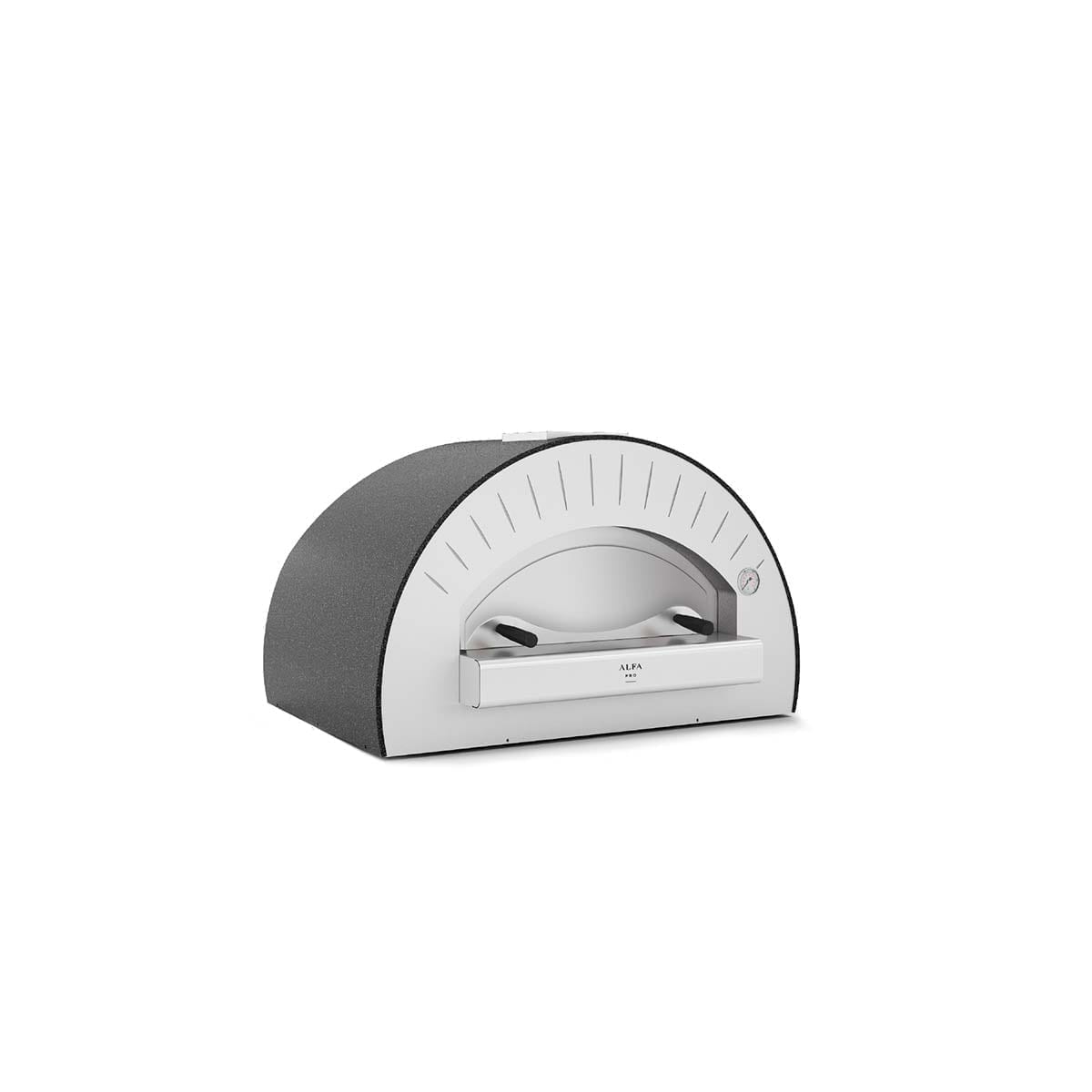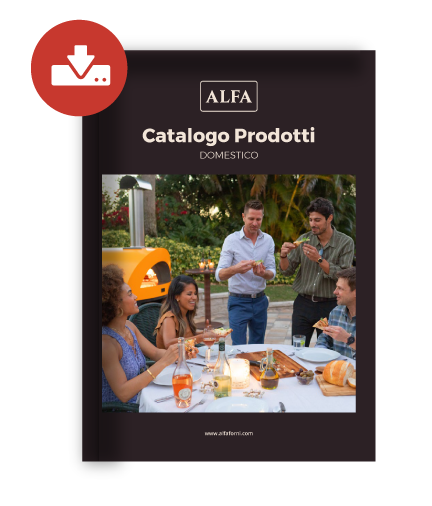Coeliac disease is one of the most common intolerances in the world. In Italy alone there are roughly 600 thousand people who, against their will, have to do without some foods that form the base of the Mediterranean cuisine such as traditional: bread, pizza and pasta.
Most supermarkets nowadays offer many gluten-free options, but the choice becomes much more difficult when you decide to go out for la meal, especially if you are in the company of others.
In fact, it is not always easy to find gluten-free restaurants that offer quality products, capable of satisfying both those who are intolerant and those who are not; often the proposals are limited and gluten-free pizzas are exclusively frozen.
Yet in recent years, what was once a niche market has become an actual trend that also prompts people who are not coeliacs to consume healthier and more digestible products.
This is why offering gluten-free cooking could be an excellent opportunity for restaurateurs who want to gain the appreciation of an increasingly diverse group of people, paying attention to intolerances at the table.
Thanks to the right tools and the right combination of ingredients and techniques to make gluten-free menus appealing and delicious, it is possible to obtain an indisputable competitive advantage over the competition.
In this article we will see:
- How to open a gluten-free restaurant
– Cooking gluten-free safely: how to organize the kitchen
– Where to cook a gluten-free pizza - Ovens for gluten-free restaurants: Quattro Pro by Alfa
- How to become an AIC restaurant
- Gluten-free kitchen: conclusions

How to open a gluten-free restaurant
Given the increase in demand for gluten-free dishes in recent years, there has been a particularly high qualitative and quantitative evolution: there are better ingredients and a greater variety.
Knowing the various types of cereals, flours and gluten-free ingredients on the market, and how to best use them, is certainly the first step to take to open a gluten-free restaurant.
To make gluten-free pizzas and focaccia bread, which need not envy the traditional ones, it is essential to follow a specific course that will enable you to learn the different techniques to use to best treat flour and dough.
However, knowing the various raw materials isn’t enough.
Let’s see then what other precautions are needed in order to cook tasty pizzas and, at the same time, avoid any risky contamination in the kitchen thanks to a suitable pizza oven.
Cooking gluten-free safely: how to organize your kitchen
In order to open a pizzeria or a gluten-free restaurant, no special authorizations are required, except for those provided for any food administration activity such as HACCP which are sufficient to avoid all types of contamination.
In fact, when preparing gluten-free dishes and pizzas this risk is particularly high: it takes little to provoke even serious reactions in customers with coeliac disorders.
This is why it is useful to prepare two separate stations in the kitchen: one for preparing traditional pizzas and the other for preparing gluten-free pizzas.
This way, you will be sure not to contaminate the dough and to offer customers dishes that are absolutely gluten-free.
Furthermore, do not use the same condiments that are used for pizzas with gluten as they may have come into contact with floured hands and spoons.
The advice in this case is to store the gluten-free pizza seasoning in dedicated containers, easily identifiable and resealable, and to use special spoons for the sauce and other ingredients and a dedicated peel to cook the pizzas.
A practical solution is to provide the kitchen with a separate workbench, so as to offer the pizza maker the possibility of creating a dedicated and safe space.
The storage and preservation phase of food must also be distinct: all gluten-free ingredients must be catalogued and appropriately arranged, while the cold rooms must be divided and contain only permitted foods.
The goal here too is to avoid any contamination of food, as a person intolerant to gluten can get sick even if they ingest a small amount.
Obviously, the risk of contamination also applies to the oven, since contact with non-gluten-free ingredients can also occur during cooking.
Where to cook gluten-free pizzas
As suggested by the Italian Coeliac Disease Association gluten-free pizzas can be cooked:
- In a dedicated oven
- In a promiscuous oven, that is, in the same oven used for cooking pizzas with gluten
In the latter case, however, it will be necessary to stop cooking pizzas with gluten. The gluten-free dough must not be placed directly on the top of the oven, perhaps using cooking trays with raised edges, and of course the pizza must be cooked in an empty oven.
In this way, the cooking tray protects the gluten-free dough during cooking and allows cooking with the peel that is normally used.
Since this method, especially for those who find themselves cooking numerous pizzas every night, is impractical, having a dedicated oven, which does not take up too much space and is highly performing, is by far the best solution.
Providing your kitchen with a separate oven allows the pizza maker not to interrupt the production of pizzas with gluten while avoiding the risk of contamination.
Ovens for gluten-free restaurants: Quattro Pro by Alfa
Those who find themselves opening a pizzeria or a gluten-free restaurant often have to deal with several problems related to:
- The lack of space and budget
- The inability to carry out masonry works
- The lack of knowledge of the exact number of gluten-free pizzas to be cooked every day
Investing in an excessively large oven or, on the other hand, in a small and inexpensive one could prove to be a considerable mistake.
In the first scenario the oven would be oversized to produce gluten-free pizzas; while in the second case the dough would remain too soft or too dry as the tool, especially if made with poor quality materials, would not be able to carry out the type of cooking required by gluten-free pizzas.
This is why Alfa has designed Quattro Pro, a compact oven, ready to use, capable of offering a production of gluten-free pizzas cooked evenly with minimum consumption.
Quattro Pro cooks up to 3 pizzas at a time and can cook 60 pizzas an hour and, thanks to the wheels and reduced weight, it can be easily moved inside the kitchen if needed.
It reaches 450°C in just 30 minutes and thanks to the 8 cm thick refractory top it can retain heat and release it slowly, guaranteeing fast and homogeneous cooking.
The gas version does not require masonry work for installation; an extractor hood is sufficient, while in the wood fired or hybrid version a flue is required.
Like all professional Alfa ovens, Quattro Pro too is versatile, easy to use and suitable for cooking different types of products with consistently excellent results; qualities that make it perfect for gluten-free restaurant kitchens.
Furthermore, in order to meet the needs of professionals who choose to open up to the world of gluten-free Alfa has created a pizza peel in anodized aluminium: this material guarantees lightness, strength and above all hygiene.
In fact, anodizing protects instruments from corrosion and oxidation, thus increasing their durability over time.
The holes on the peel head provide reduced friction and are particularly useful for removing excess flour, ensuring maximum hygiene.
Using a dedicated peel to cook gluten-free pizzas means avoiding the risk of contamination, thus safeguarding the health of customers with coeliac disease.

How to become an AIC restaurant
The Alimentazione Fuori Casa (Eating away from home) project of the Italian Coeliac Association (AIC) is the reference point for those looking for gluten-free proposals and, consequently, represents a good way to be known by potential customers.
In order to become part of the restaurants participating in the AIC project and thus advertise your gluten-free restaurant, just follow AIC’s four steps:
- Training following a basic course on coeliac disease and gluten-free nutrition by the restaurant owner or pizza chef.
- Recommendations by the AIC to define the menu, the areas suitable for the preparation of gluten-free meals, the storage and service methods, etc.. At the end of the course, signing of the memorandum of understanding between the AIC and the premises will take place.
- Periodic check by the AIC to verify the compliance with the project requirements.
- Communication thanks to the publication of the list of AIC member premises on the paper Guide, on-line on the AIC website and on the App for Smartphones, which can be downloaded free of charge by all AIC members with the map of the participating premises.
Therefore, being part of the AIC certified gluten-free premises network is certainly a good way to attract customers with coeliac disease or anyone wanting to eat gluten-free dishes.
Gluten-free kitchen: conclusions
Today, opening a gluten-free restaurant is an idea that can find a concrete answer.
The constant increase in the demand for gluten-free dishes both by coeliacs and by all those who, for various reasons, prefer a diet without flour and wheat or wheat-based foods, is urging more and more restaurateurs to move in this direction.
In order to meet the needs of all professionals who want to expand their menu and offer their customers fresh gluten-free pizzas made with quality ingredients, Alfa offers gluten-free oven models such as Quattro Pro.
A compact tool with high performance and reduced consumption which, used together with dedicated professional instruments, such as the round peel, allows pizza makers to work in total safety, with maximum efficiency, minimizing the risk of contamination while they work.



